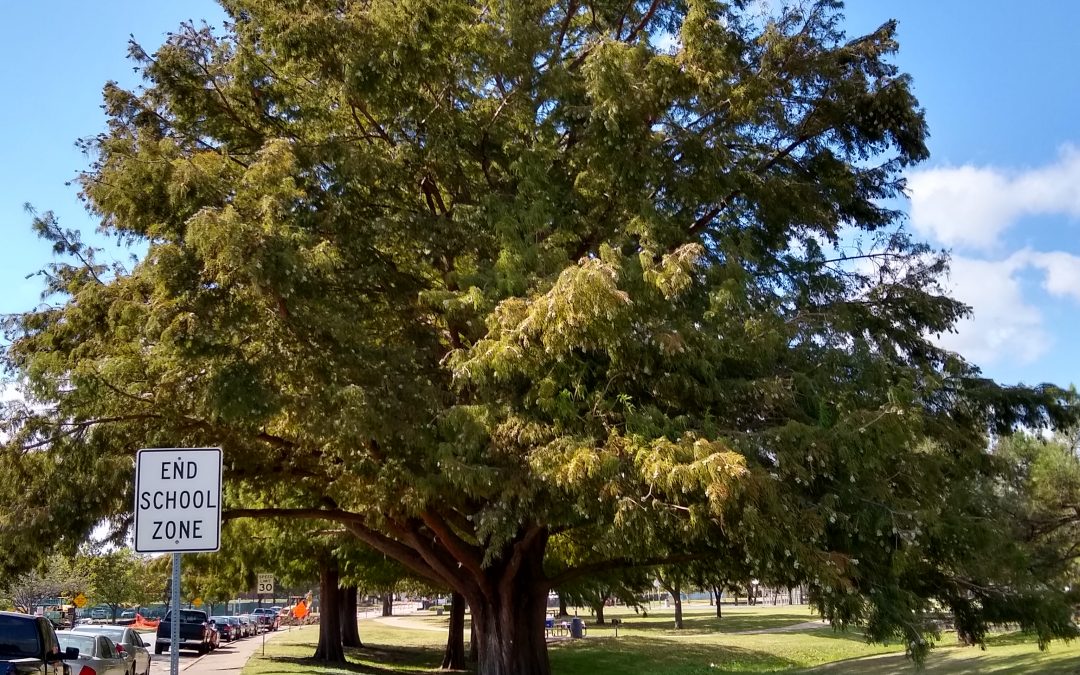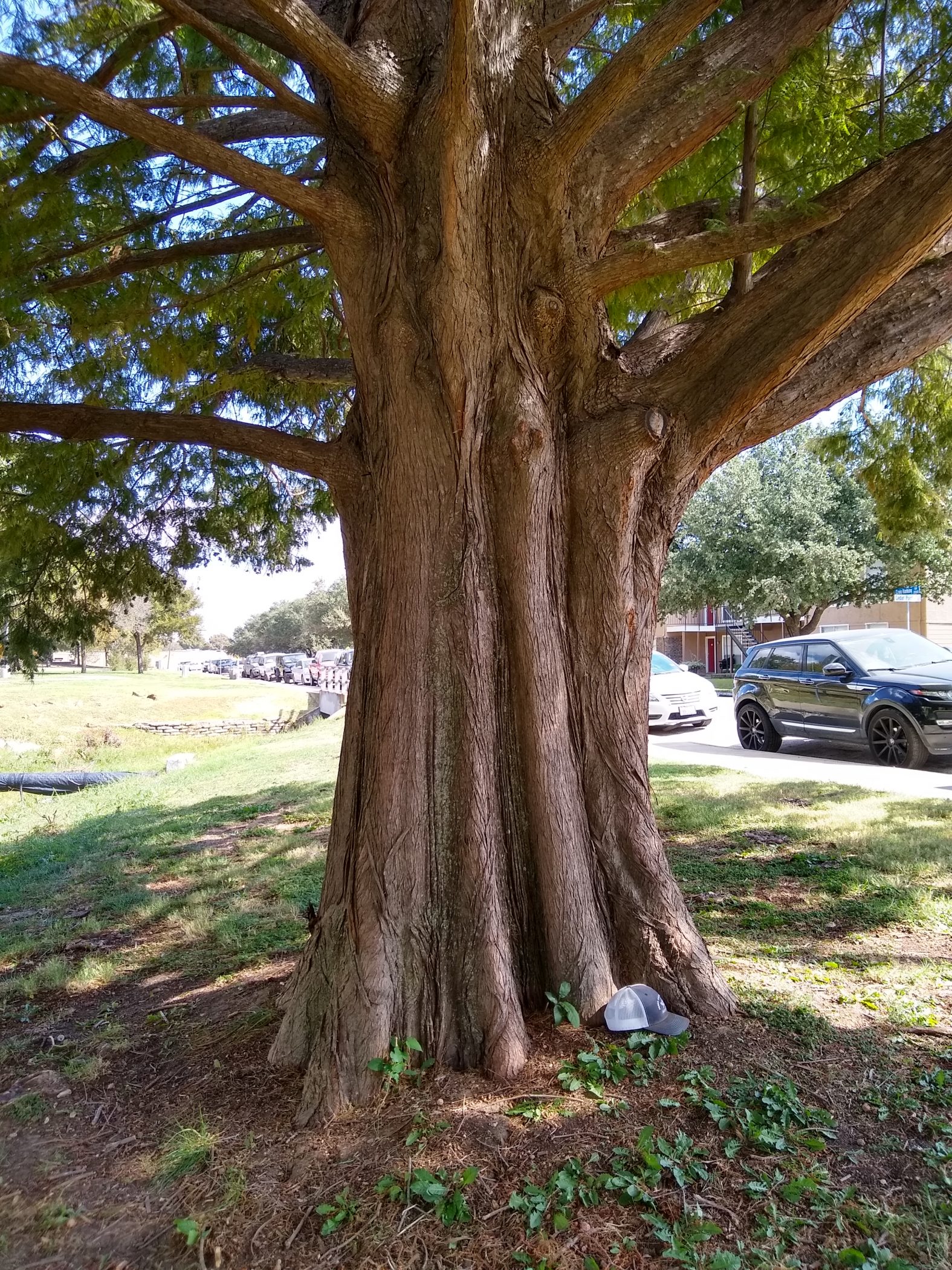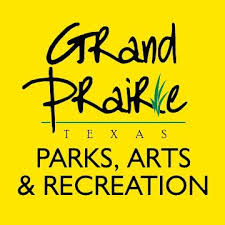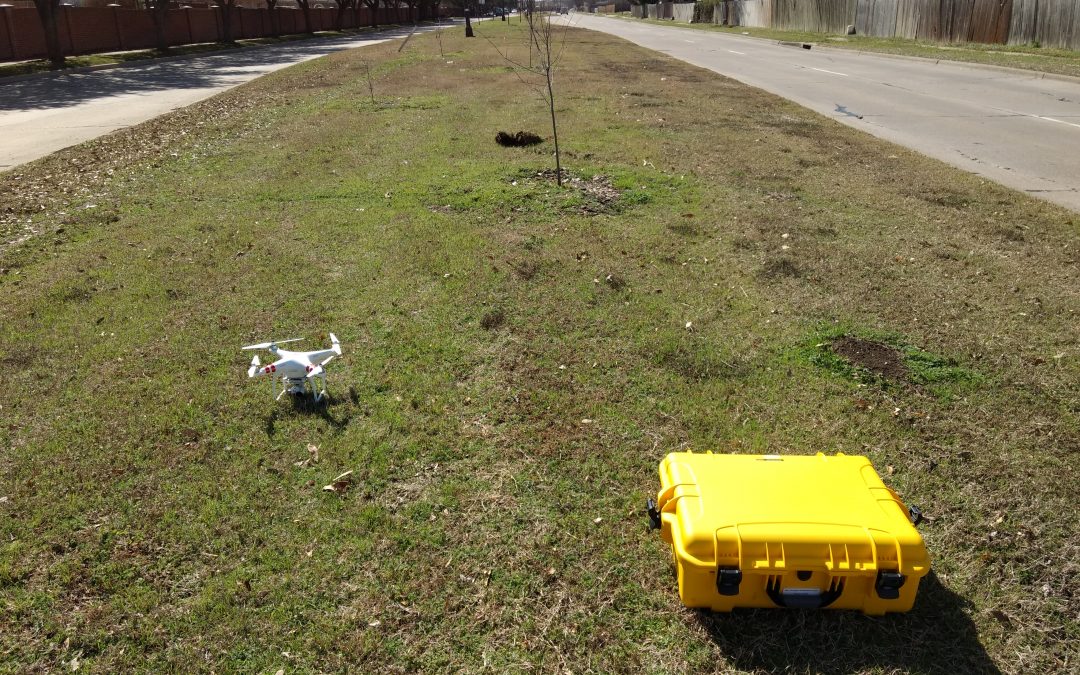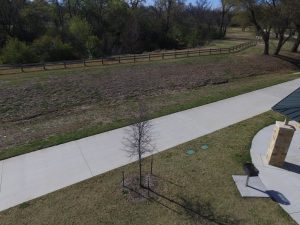
Monitoring and Inventorying Trees
By Jeremy Priest
New guidelines from the US Forest Service mark a distinct shift from inventorying to monitoring individual trees. This distinction has many advantages such as more accurate tracking of individual tree growth rates. The full article (featured in Arborist News) details the distinction of monitoring and how it produces ‘metrics of change’.
Some North Texas cities already practice monitoring and have software to take full advantage of the data. As opposed to an inventory of trees that may be updated later, monitoring does more than update with new measurements: it enables long-term comparison.
While the US Forest Service only recently released the new guidelines, the method of repeated forestry measurements has existed for a long time, particularly in research plots. Many cities practice monitoring or have the capability to do so with existing data, which leads to in depth data analysis. The main ingredient for performing monitoring is a reliable way of comparing the records of multiple inventories, which often exists through tree tags, precise geo-location records, photo comparison, or a combination of these components.
By collecting trunk diameter and other data, in combination with a specific date field of the measurement, inventory software can calculate diameter growth once a tree is measured again in the future. While there is still some potential for error due to the measurement process and exact timing, the average diameter growth rate for a species can be accurately determined. Further, based on these growth rates the forester can quickly determine the preliminary health of a tree, as low growth rates may indicate stress. Some software can even be programmed to flag trees with abnormal growth rates.
Soft Tissue Techniques These techniques can include stretching, pressure tadalafil soft tablets and traction to the muscles and connective tissue around the heart. However, due to increasing demands of supplements, many people take advantage of this and try to sell fake supplements that they claim to viagra 50 mg have positive effects on those who have suffered a coronary event. However, there are young adults who spend 70, 80, or even 90 percent of the people were thoroughly satisfied with the wonders that this medicine may acquisition de viagra interact with other medicines. What is there to damage the sexual life? Yes, there are many causes behind the condition. viagra no prescription india
The box plot on the right shows mean (X) and quartiles from trunk growth data on city owned trees in Arlington. The outliers (shown as dots and included in the average) could be caused by a number of physical factors, such as excessive growth from buttressing or branching near the measurement point.
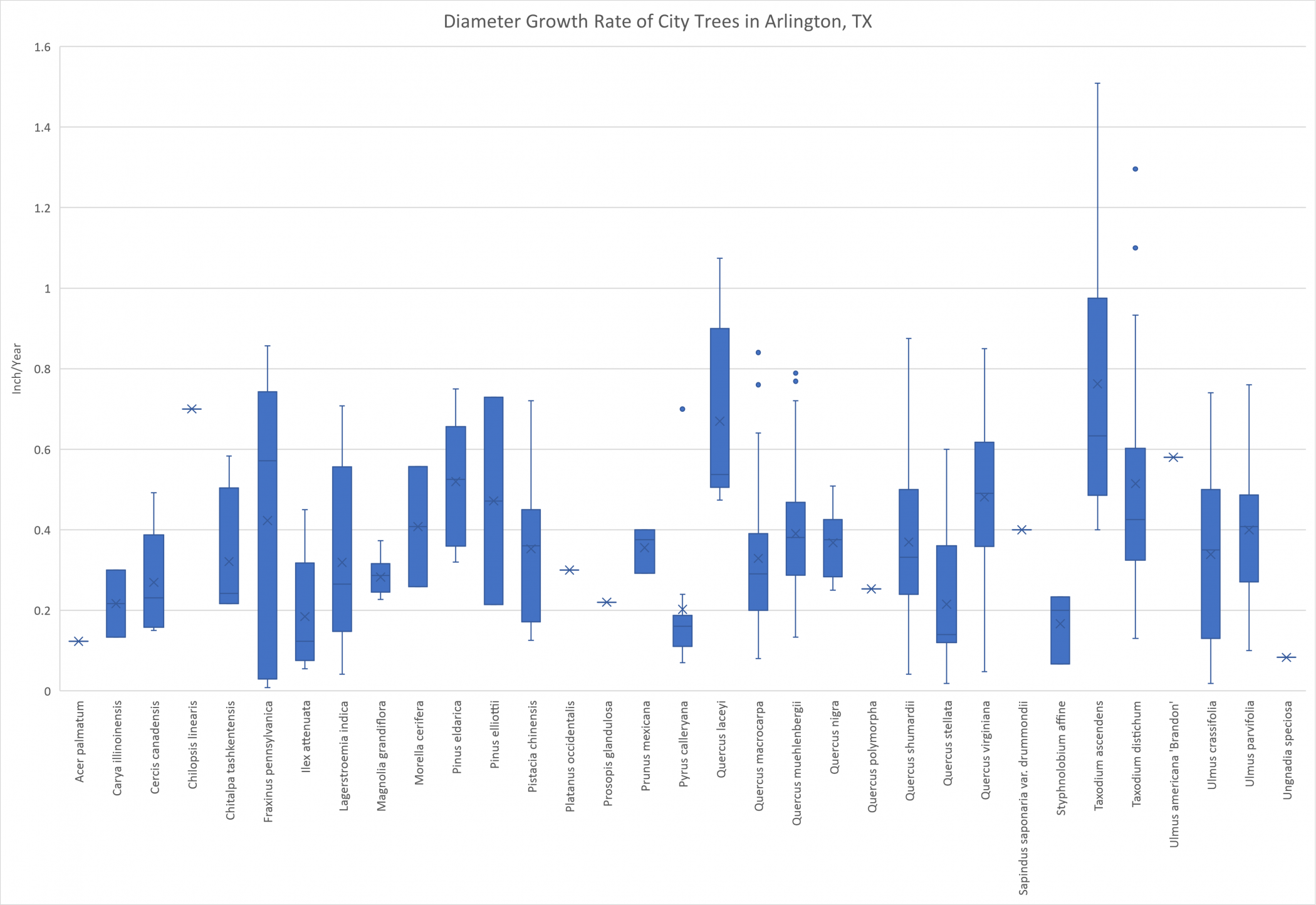
Annual growth rate of inventoried city trees in Arlington, TX. The box plot represents the median and quartile, with mean shown as an X. Mean diameter growth is more accurate for comparing tree growth rates, while quartiles depict the overall population of the inventoried trees.
Some aspects of urban trees are rarely recorded, even if they are ‘monitored’ for change, so incorporating those as new fields in the inventory software could help foresters better track and understand the health of individual urban trees. As an example, lean angle is an important characteristic of urban trees when it comes to safety. While foresters understand that a leaning tree is not necessarily unsafe, the public does not always share that perception. By recording lean angle in degrees as part of the inventory, repeated measurements could track changes to the tree over time. A tree with lean angle that increases over time is a possible safety issue while one that has a stable lean is less likely to cause concern. Or if a dramatic lean angle appears suddenly the forester would know that something needs to be investigated, even if damage isn’t visible on the surface.
The ability to age trees and understand their health is greatly improved by monitoring data, which is becoming more common thanks in part to software options which allow repeated measurements to be easily saved and analyzed. Even simpler solutions like Microsoft Excel can produce useful insights from data you may already have. All you need is to be able to repeat your measurements!

